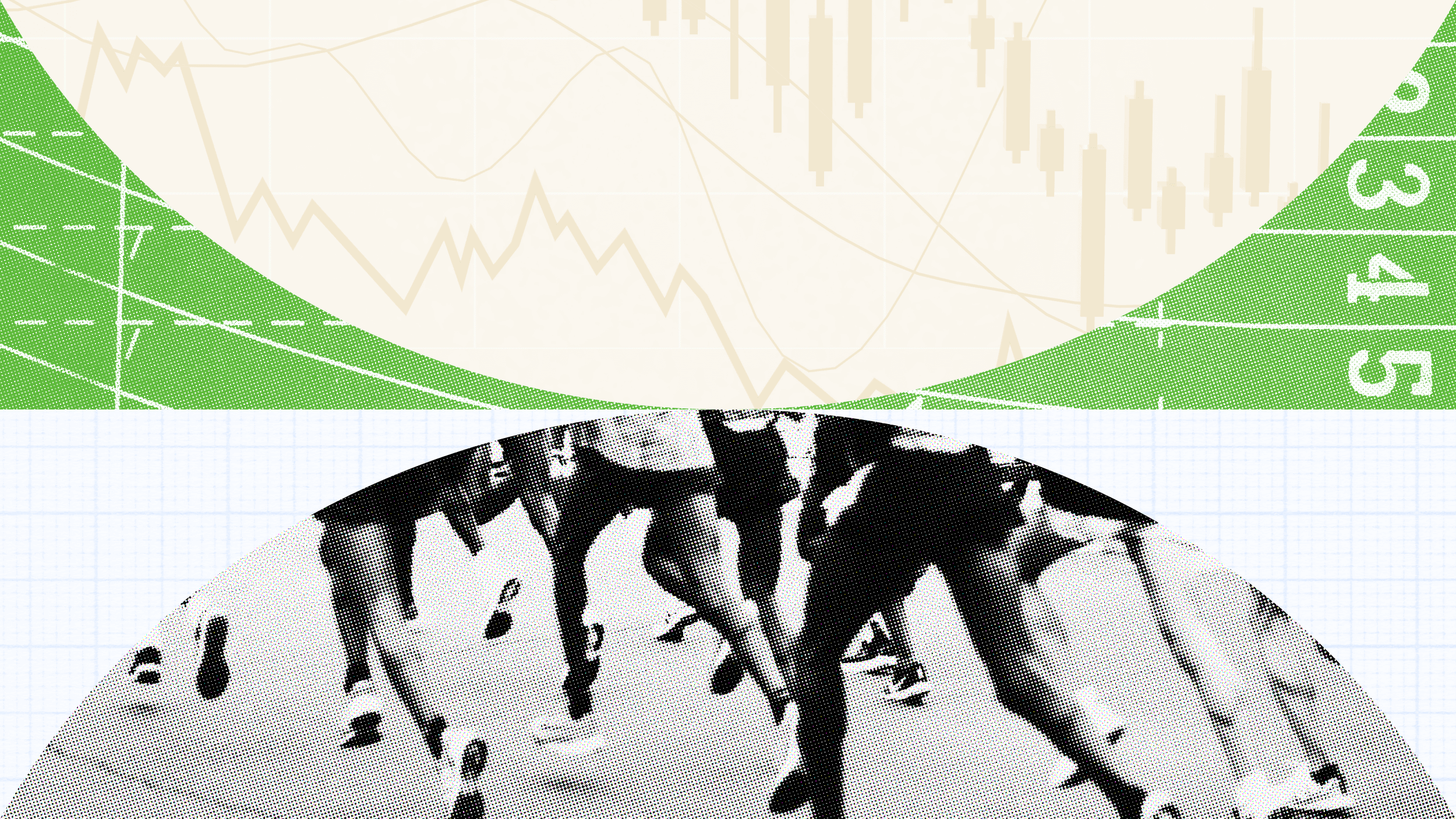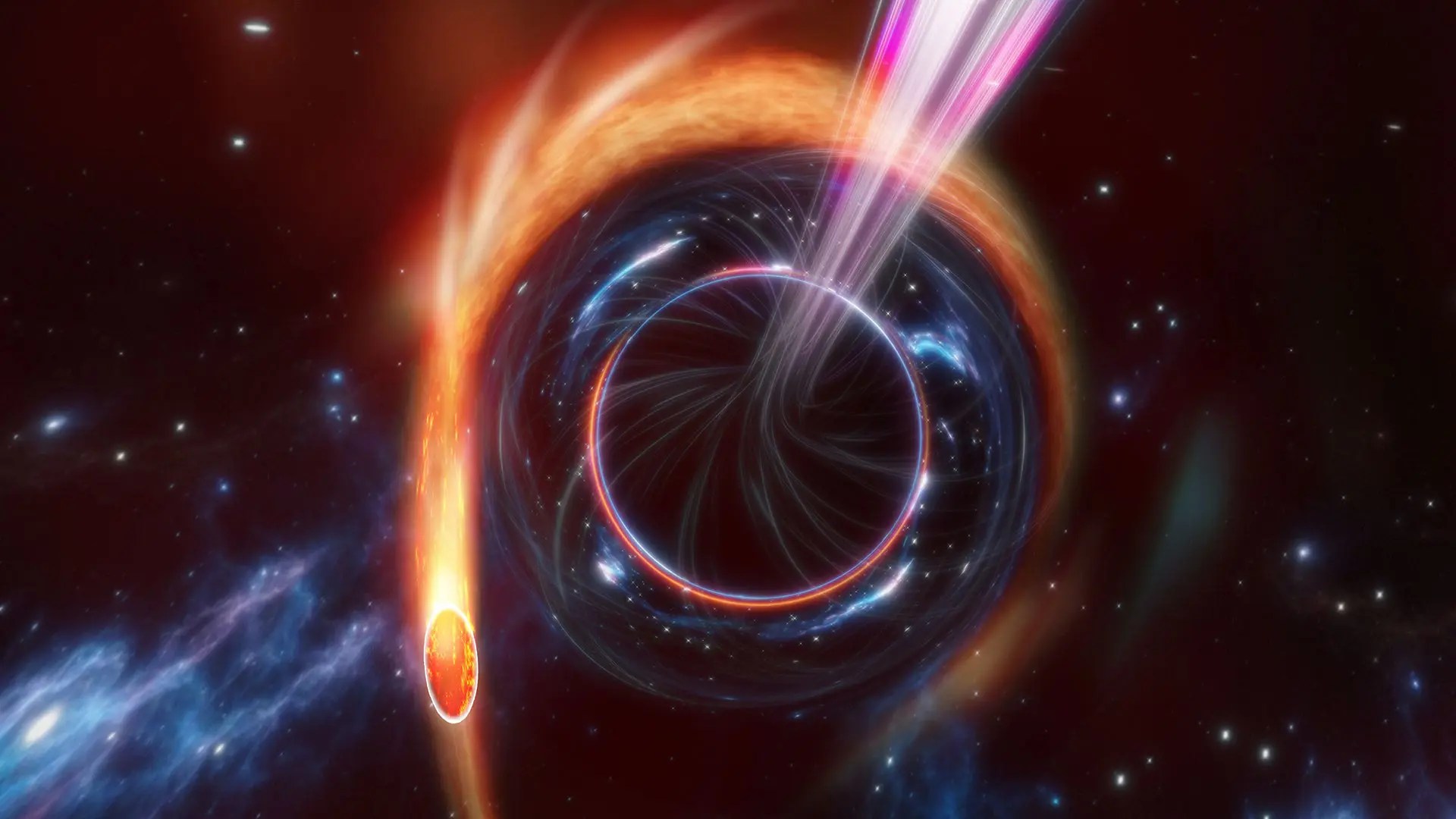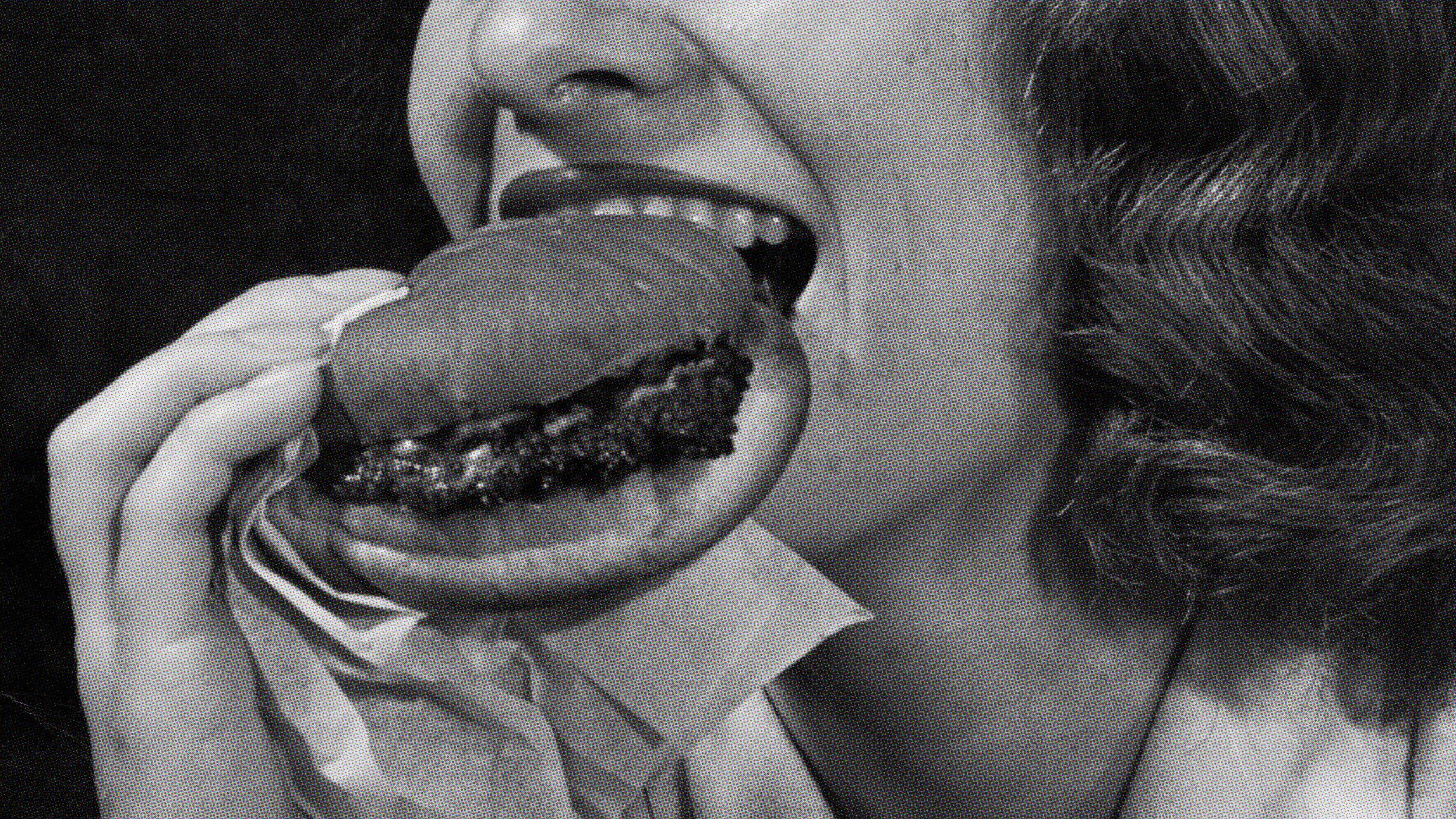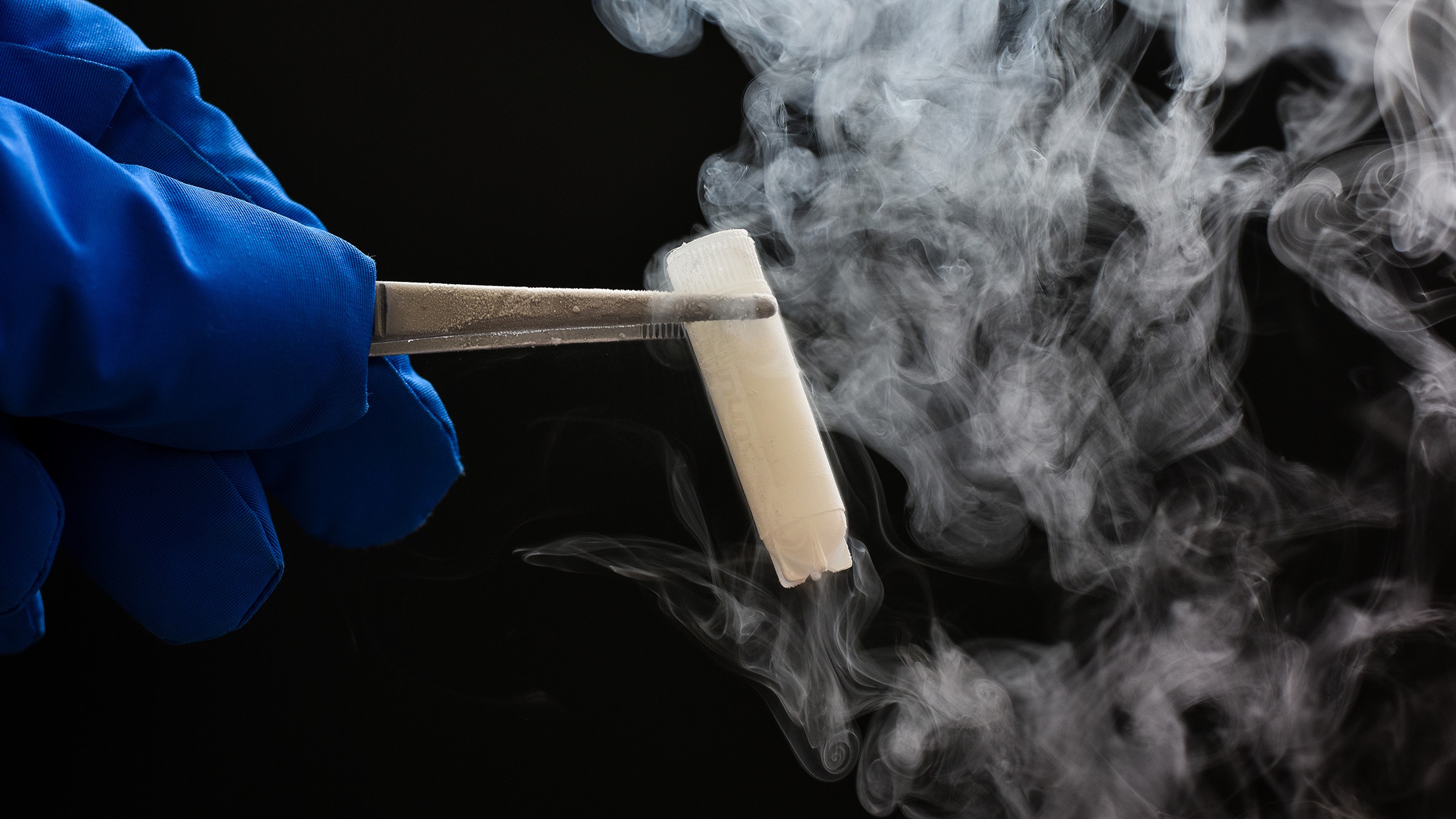The scientist describes what happened in the experiment which won him
first place in the MIT THINK competition.
Question: What was your goal with acupressure project?
Steven Castellano: So with my project basically it was focusing on alertness and I think of the student, the tired student, who is trying to stay awake in class or driving while trying to stay awake, or the tired worker, and how do you increase alertness? So I was looking at different ways to increase alertness, and there's caffeine, but caffeine is generally assumed to have negative side effects. I think its five hundred milligrams taken daily can increase heart rates, blood pressure, et cetera. So, that's not necessarily the ideal solution for increasing alertness and also it's known to be addictive and have diminishing returns.
So then I looked at those neurofeedback devices, and there is something called the Peak Achievement Trainer, and it's a neurofeedback device that supposedly works very well at regulating alertness-increasing or decreasing it-but that's very expensive, it's several thousand dollars, only sold to licensed professionals and it's not very accessible, it's a big device.
So after looking into the problem for a while, I came across an article about acupressure and, in eastern theories, it's been said maybe to regulate alertness-acupressure's basically said to do a lot-as I said it's mainly for pain relief, but there's a lot of anecdotes about how acupressure can just regulate a whole bunch of body rhythms. So there wasn't too much research on it, as I dug deeper I found one research article, pretty recently, University of Michigan and they had subjects apply acupressure for one day, stimulation versus relaxation, and subjects that applied acupressure to what is known as ‘stimulation areas' so that they are more alert during what was supposed to be a boring lecture. So that was a positive sign for acupressure.
So what I did in my specific study was...I wanted to take a more quantitative analysis than a self-rating system. So I developed what are known as Enumeration Tasks, and during these tasks, there's a black screen and every ten seconds one to twelve white squares flash on the monitor and then, after that, they flash for 0.3 seconds and after that there's a 0.1 second white screen, just to clear the image from the retina, and subjects would write down how many squares they saw. So this is to determine what's known as magnocellular processing. It's basically the quick visual reflexes that one has. So I did that enumeration task and then after ten more seconds another set of white squares were flashed and this would repeat until all combinations of from one to twelve whites flashed. And I had 36 subjects take this test and then I would score the subjects based on how many they got right and [ex and cons] where they were incorrect on like a data acquisition table and then I gave them a total score. So then this enabled me to make three subject groups, where I was able to pair them so that each subject group had the same initial scores in terms of visual attention, like the same number of correct, and also I was able to pair them so that there was six males, six females in each group.
So I had three groups, one that was attended to by stimulation acupressure, one for relaxation acupressure, and one for no acupressure. And, as I said, the stimulation acupressure or the relaxation acupressure, it's a slow firm massaging with these two fingers at a ninety-degree angle to the target area for three minutes and there's five areas, so that's 15 minutes each day. It's not too much of a time commitment, but definitely a time commitment that I appreciate from the subjects. And, after the subjects did this for fourteen days, I gave all the subjects the same, not the same, another enumeration task, they all had the same one but it was a different one. And then, after another fourteen days, I gave them a third enumeration task. So during these tasks, in the stimulation acupressure group, the scores increased between days zero and fourteen. There was a statistically significant difference, and then again between day fourteen and twenty-eight. And it was the same with the relaxation group, there was a statistically significant decrease between day zero and day fourteen and then another between day fourteen and twenty-eight, so this was good. Also, there was the largest difference between the first set, day zero and fourteen, than between day fourteen and twenty-eight, and this kind of makes sense because if you're training, it's the reticular activating system which is believed to regulate one's attention and it's located in the mid-brain and it's mainly in charge of regulating which of the thousands of stimuli per second we process. So if you are listening to this interview my voice will be one of them, seeing my image will be one of them, but there's thousands of things that you don't even notice. So like, when your name is called at a party you might notice that, because you're training your reticular activating system to notice particular stimuli as thousands of them are being processed. So, the theory behind this is that since the reticular activating system controls what we can process, you're training it to respond to the acupressure, so it will make sense that there will be the largest response initially and then a continued response that would decrease.
Also, in terms of like neural connections, you're going to make connections at first rapidly and then connections in the same location would occur less rapidly but still continue to occur. So that's kind of why I had that trend. So then I analyzed the data trend and then I did what's known as regression analysis to kind of see how visual tensions scores changed overtime, because I had a twenty-eight days analysis. And I generally found that because of that more increase in the first fourteen days, there was a general natural algorithmic rate of increase in the stimulation group and a natural algorithmic rate of decrease in the relaxation group. So that was my result in terms of how acupressure affects visual tension skills, the type of measurement of alertness and also how it affects it over time. So I was glad my hypothesis was supported in terms of that and, you know, it has positive implications for lots of groups and so in the future I'll definitely be interested and looking more to using it for patients recovering from strokes for example or children for learning to do all types of that applications that, that make it interesting.
Recorded on: May 8, 2009





